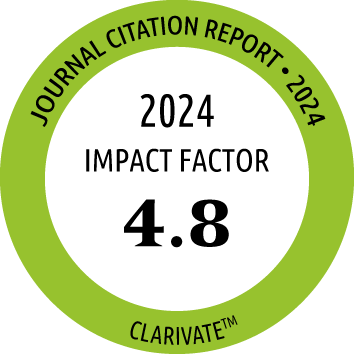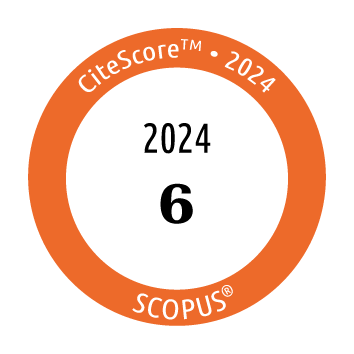| Return to Contents in this Issue | |||||||
Original Article |
|||||||
|
Management of Dental-Oral Procedures in Patients With Hereditary Angioedema due to C1 Inhibitor Deficiency |
|||||||
|
J Jurado-Palomo,1 JM Muñoz-Caro,2 MC López-Serrano,1 N Prior,1 R Cabañas,1 M Pedrosa,1 M Burgueño,2 T Caballero1,3 |
|||||||
|
1Department of Allergology,
Hospital La Paz Health Research Institute (IdiPAZ),
Madrid, Spain |
|||||||
|
J Investig Allergol Clin Immunol 2013; Vol. 23(1): 1-6 |
|||||||
|
|||||||
|
|
|||||||




